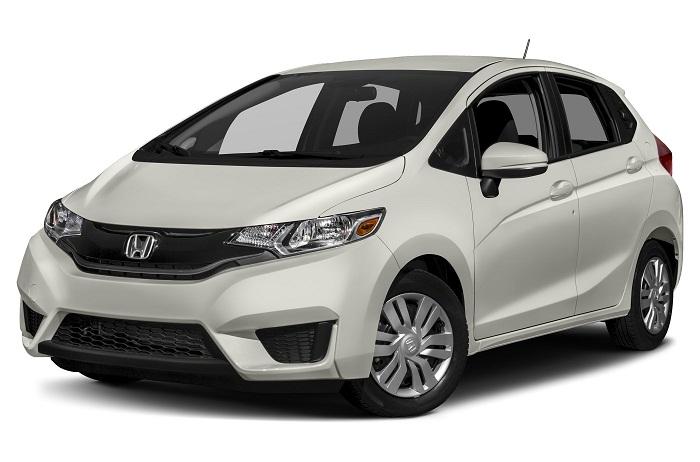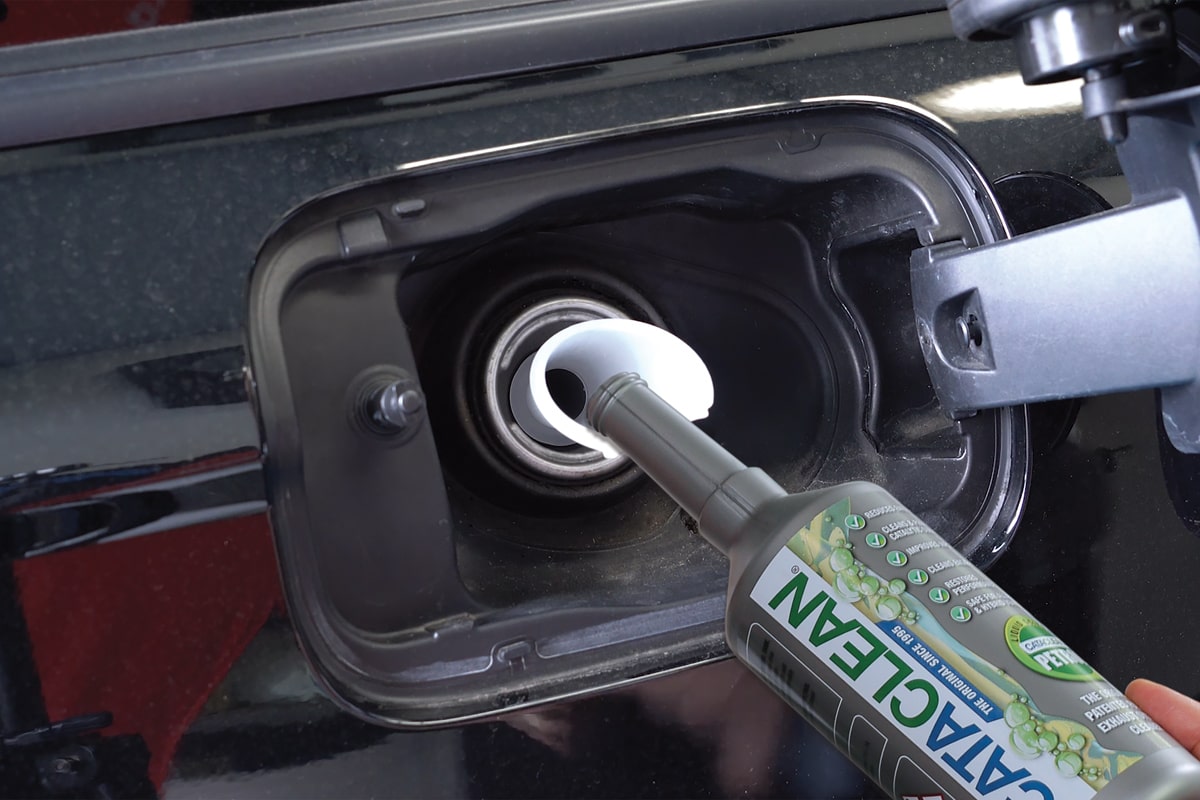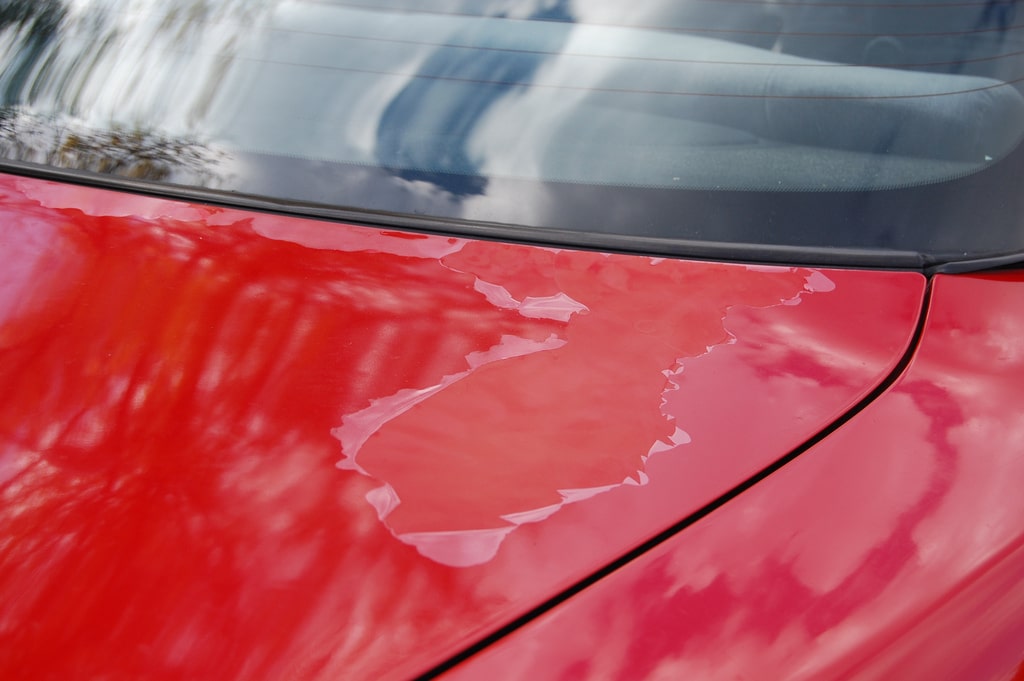Toyota Ist vs Honda Fit: Which One’s the Best Super Mini?
The Toyota Ist and Honda Fit are adorable super minis that have been becoming popular in the used car market day by day. Young people are the main customers of these subcompact cars as they fit all the criteria to be the first car of a college student or a young couple – smaller size, smart features, easy to park, and budget-friendly. Let’s take a look at a comparison of Toyota ist vs Honda Fit.
Honda Fit vs Toyota Ist: An Introduction
Honda Fit
It is often said, “If you have a good foundation, rely on it.” Honda has pursued the above formula since launching the Fit model for the first time in 2001. Although it took the Japanese automaker 3 years to awaken the car’s potential and distribute it in the US, until today, everything Fit has done can only be summed up in a word: “miraculous”.
Honda offers three options including a 1.5-liter 4-cylinder hybrid engine with a dual-clutch transmission, a 1.5-liter RS engine – a 6-speed manual transmission, and finally a pair of 1.3-liter engines – a new CVT transmission.
This is what increases the interest among buyers as Honda offers a wide range of engine options and all feature dual camshafts – which is great when compared to the model’s single camshaft debuted. European customers can expect a diesel version as well.
The 1.5-liter hybrid engine produces 135 horsepower at 6000 rpm and 170 Nm of torque at 5000 rpm. Thanks to the help of the electric motor, with the version sold in Japan, Honda has announced extremely high fuel economy – 2.78 liters/100km.
Toyota Ist
The Toyota Ist (also known as Toyota Isuto in Japan and Toyota Urban Cruiser in Europe and Latin America) is a subcompact vehicle manufactured by the Japanese automaker Toyota. The car was equipped with either a 1.3-liter (FWD) or a 1.5-liter engine (FWD or 4WD), with a Super ECT transmission. A wide front grille of two thick horizontal bars, large 15-inch tires, and extended wheel arches gave the vehicle its unique and dynamic exterior styling. The body dimensions were a notch above those of the Vitz, giving more space to the cabin and the trunk. The advanced GOA (Global Outstanding Assessment) process realized the sturdy body structure, which enhanced safety in collisions with heavier vehicles.

Toyota Ist vs Honda Fit Comparison
Exterior design
If you compare the looks of the Toyota Ist vs Honda Fit, both the cars will score almost the same. The Ist looks attractive with its SUV-like styling on the outside and a roomy interior with boldly rounded edges.
On the contrary, the Fit dons a playful look with its sporty demeanor and stylish exterior. Fit’s interior is vinyl, just like the Ist, but has a better duo-tone finish. However, the Fit wins the comfort division with its multiple seating arrangements suitable for accommodating bigger and taller passengers and holding more cargo.
In general, the Honda Fit has a more modern and aerodynamic design compared to the Toyota IST. The Fit’s styling is sleek and contemporary, while the IST has a boxier and more rugged appearance.
Interior space
Both models offer a surprising amount of interior space given their compact size. However, the Honda Fit has an advantage in terms of its innovative “Magic Seat” system, which allows for various configurations and flexible cargo space. The Fit’s rear seats can be easily folded down or flipped up to accommodate different cargo needs. The IST’s rear seats can also be folded, but they don’t offer the same level of versatility as the Fit.

-
Engine options
The Toyota Ist features a 1NZ-FE VVTi while the Honda Fit comes with a GD3 L15A VTEC 1.5L engine. Both the small engines deliver big on performance, acceleration, pulling power, and fuel economy despite their limited capacities.
The Ist’s engine features the double overhead camshaft lobes (DOHC) to provide high engine power and practical fuel economy.
On the other hand, the Fit’s single overhead camshaft (SOHC) ensures fuel efficiency and provides better engine power at low revolutions. Its CVT improves engine response and makes acceleration smoother.
-
Driving dynamic
The road performance of both cars is excellent despite their subcompact sizes. They have an independent suspension that is good for high-performance driving, taking U-turns, and turning into the corners. They also hold well on uneven, bumpy roads.
Both the Fit and the IST are known for their nimble handling and maneuverability, making them well-suited for urban driving conditions. However, the Honda Fit is often praised for its responsive and sporty driving experience, thanks to its well-tuned suspension and precise steering.
-
Safety features
Both models come equipped with various safety features, including anti-lock braking systems, traction control, and airbags. However, the specific safety features may vary depending on the trim level and model year.
The Fit appeals to young people who are a sucker for advanced and entertainment features and like to have an adrenaline rush on the roads. However, the Ist is for mature people and small families for its resale price and value for money.
Learn more about the features of these cars in this video:














